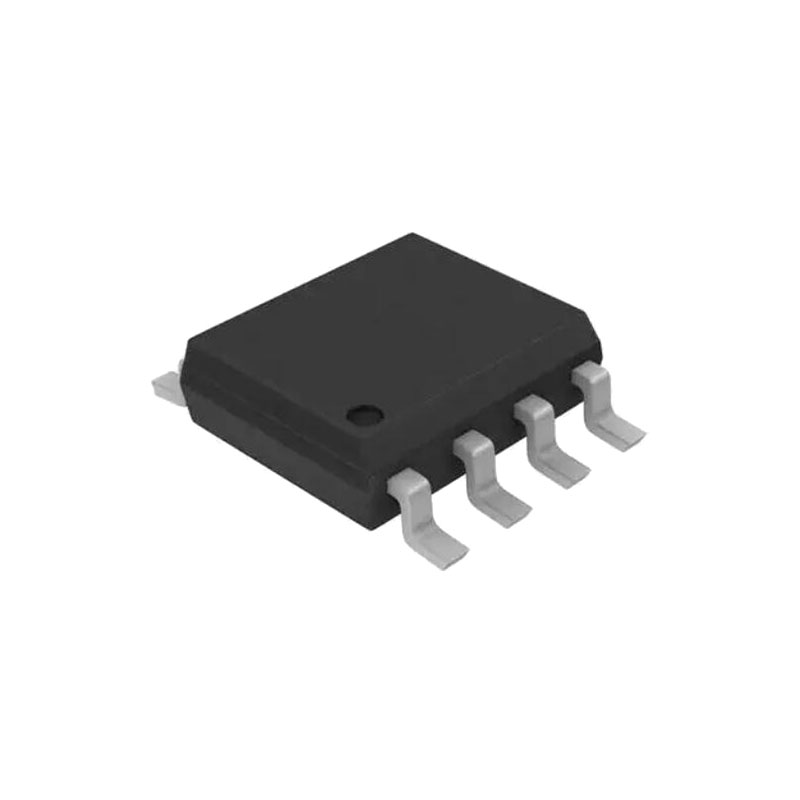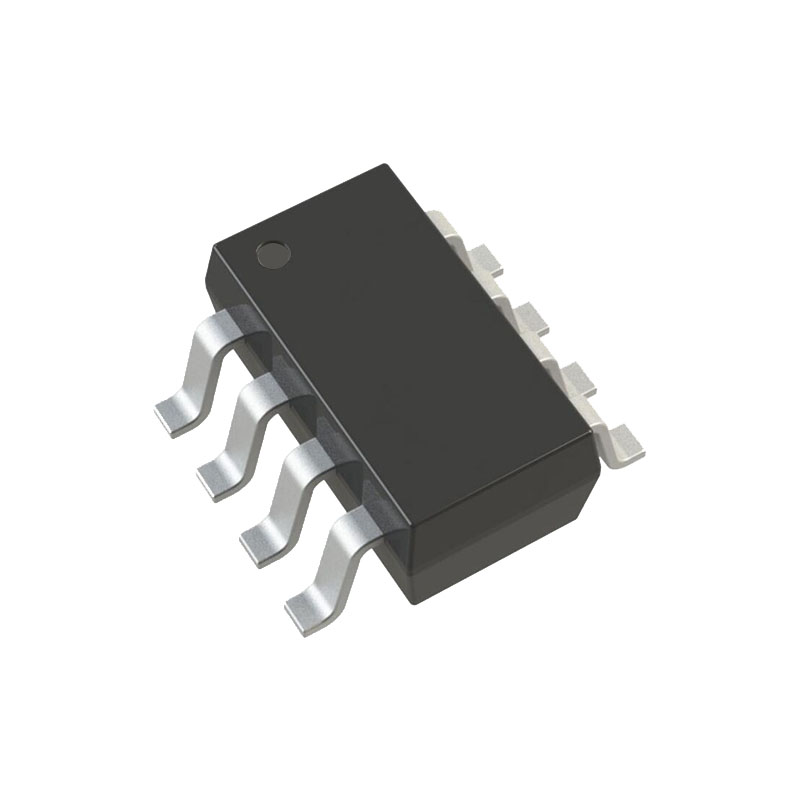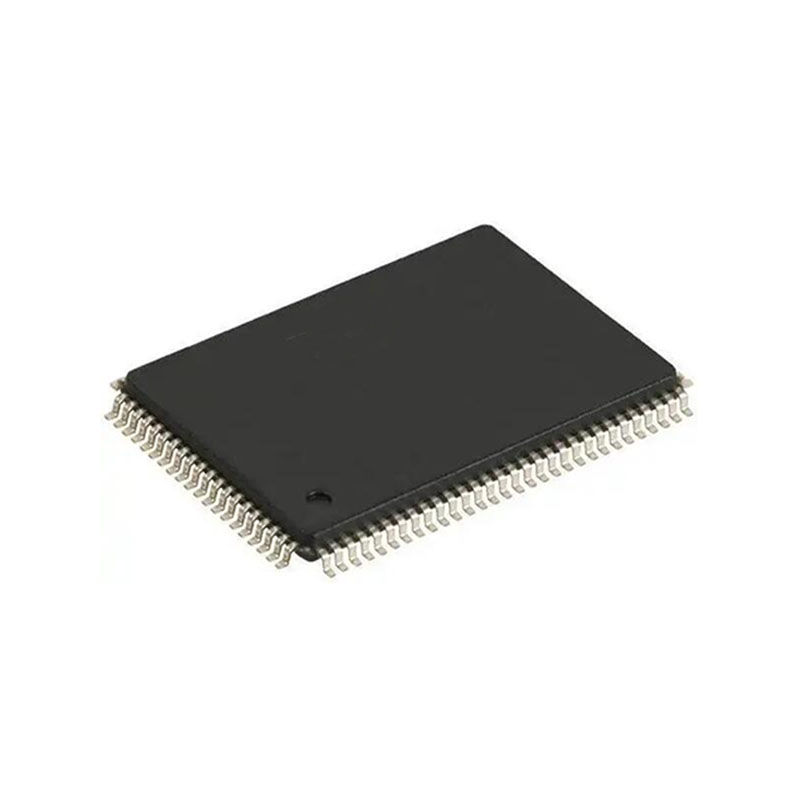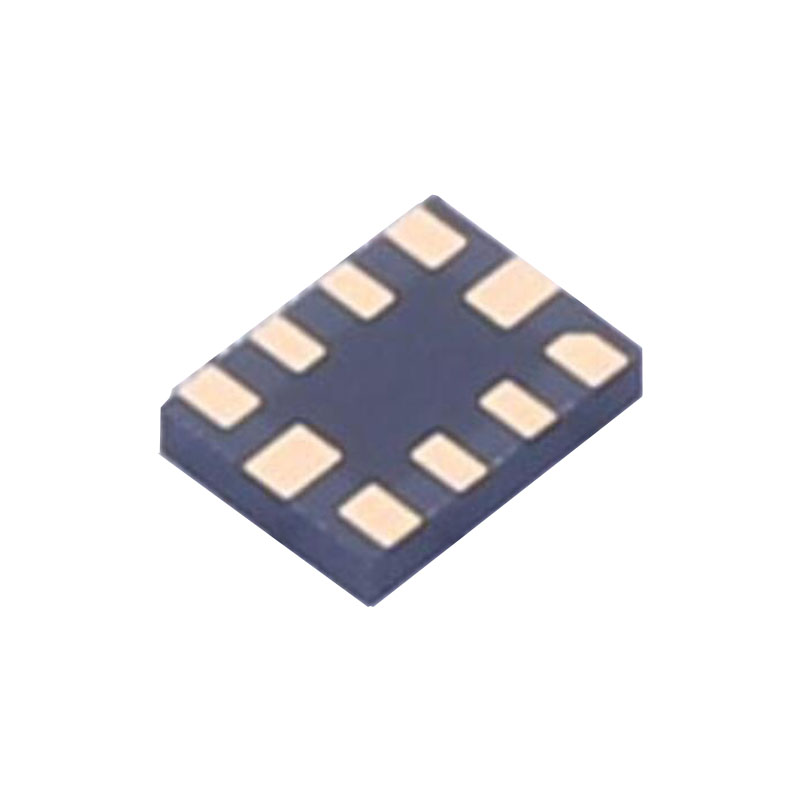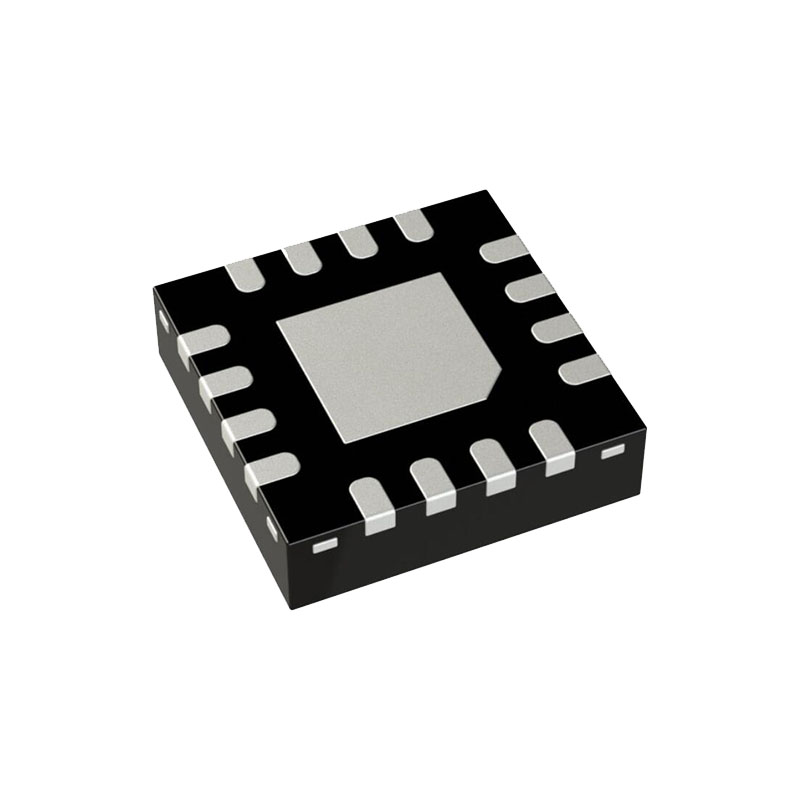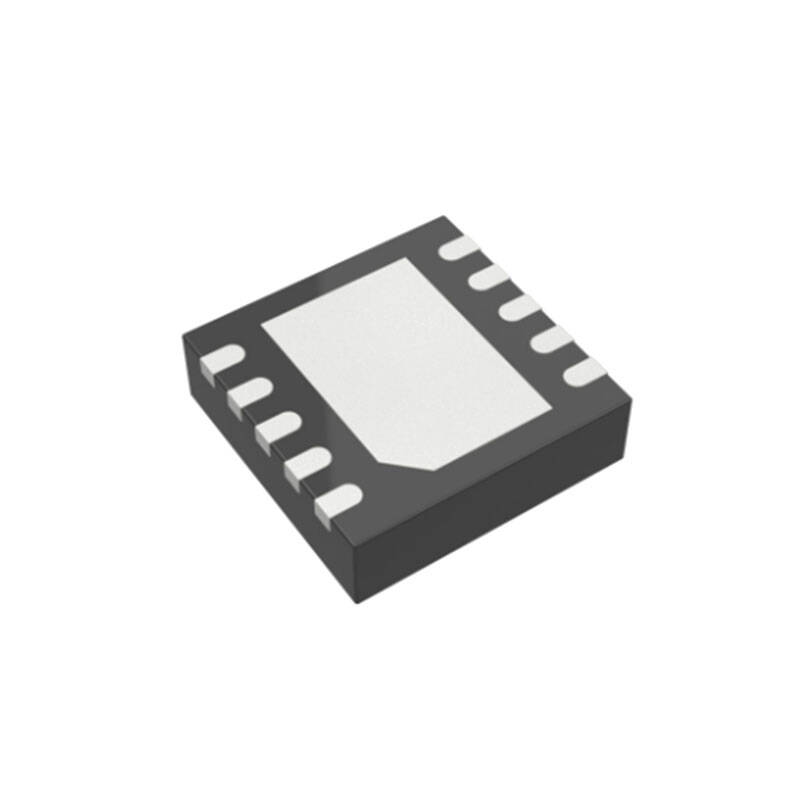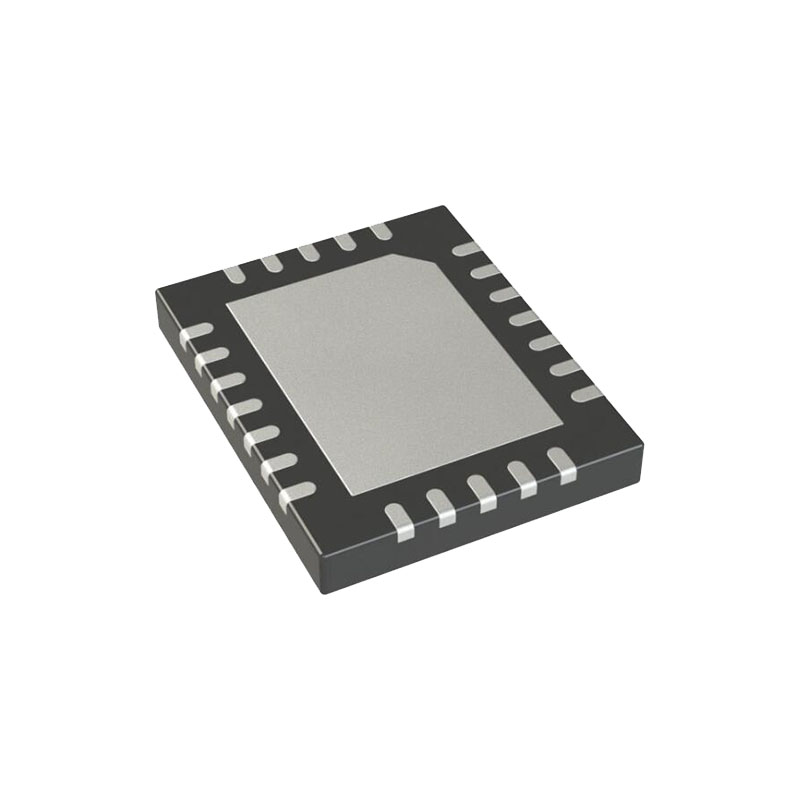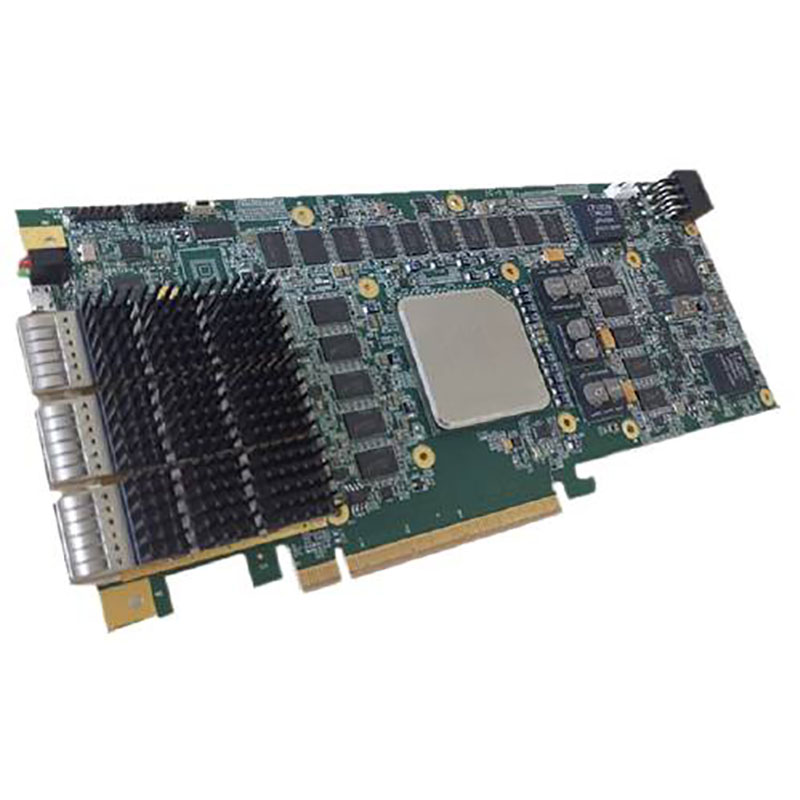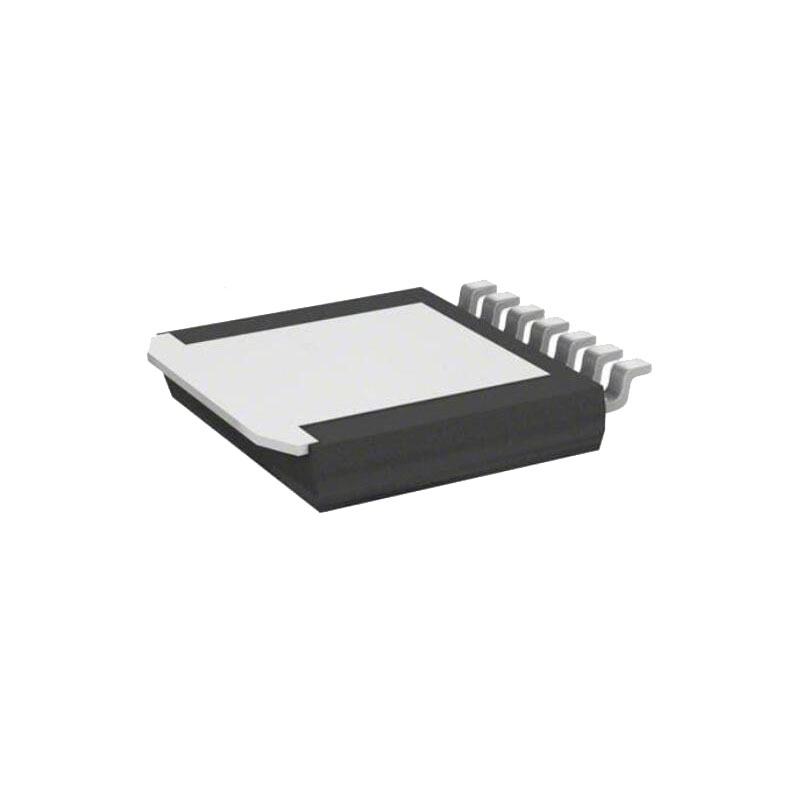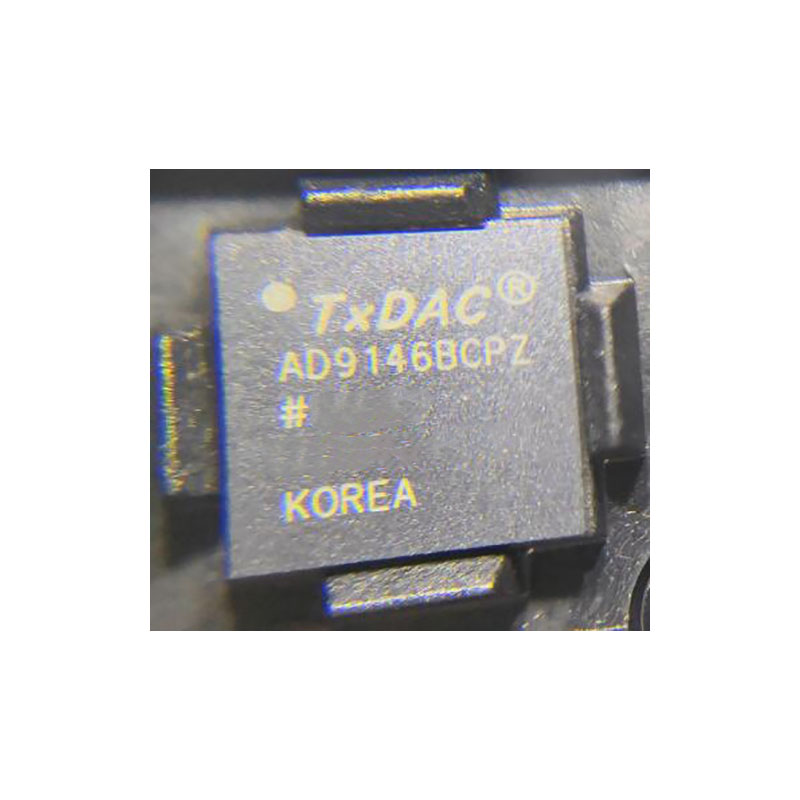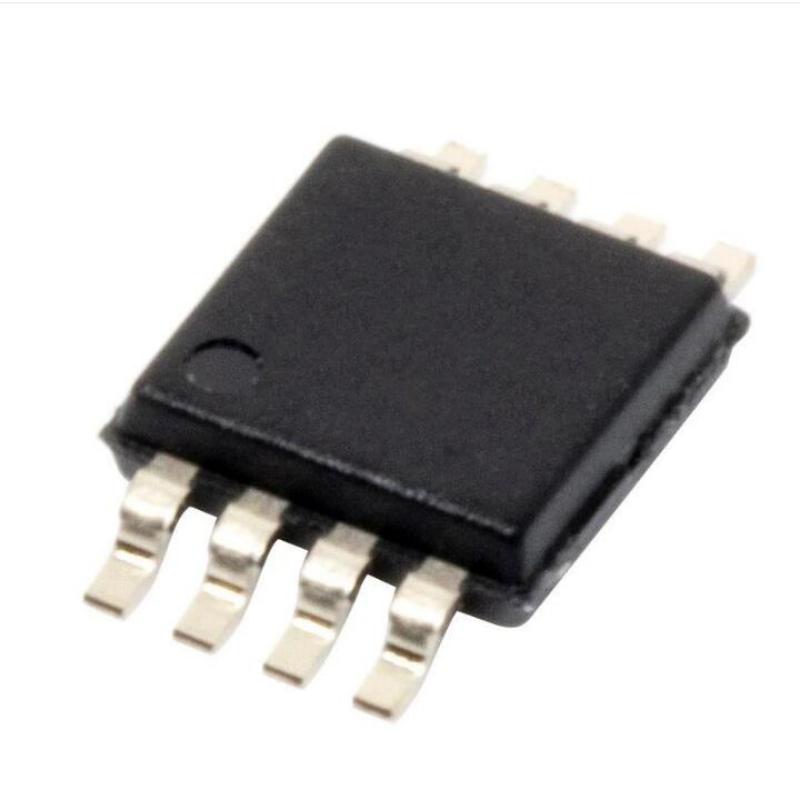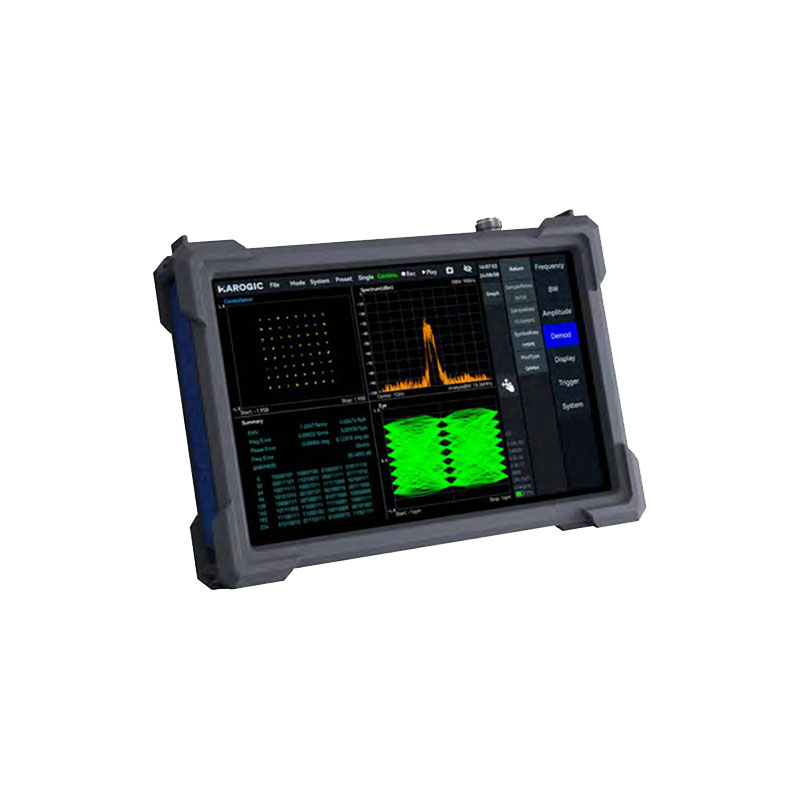説明
The OPA1688 36-V, single-supply, low-noise SoundPlus™ audio operational amplifier is capable of operating on supplies ranging from 4.5 V (±2.25 V) to 36 V (±18 V). This latest addition of a high-voltage audio operational amplifier in conjunction with the OPA16xx devices provide a family of bandwidth, noise, and power options to meet the needs of a wide variety of applications. The OPA1688 is available in a WSON micropackage, and offers low offset, drift, and quiescent current. This device also offers wide bandwidth, fast slew rate, and high output current drive capability.
Unlike most op amps that are specified at only one supply voltage, the OPA1688 is specified from 4.5 V to 36 V. Input signals beyond the supply rails do not cause phase reversal. The input can operate 100 mV below the negative rail and within 2 V of the top rail during normal operation. Note that this device can operate with full rail-to-rail input 100 mV beyond the top rail, but with reduced performance within 2 V of the top rail.
The OPA1688 is specified from –40°C to +85°C.
特徴
• THD+N, 50 mW, 32 Ω, 1 kHz, –109 dB
• Wide supply range:–4.5 V to 36 V, ±2.25 V to ±18 V
• Low offset voltage: ±0.25 mV
• Low offset drift: ±0.5 µV/°C
• Gain bandwidth: 10 MHz
• Low input bias current: ±10 pA
• Low quiescent current: 1.6 mA per amplifier
• Low noise: 8 nV/√Hz
• EMI- and RFI-filtered inputs
• Input range includes negative supply
• Input range operates to positive supply
• Rail-to-rail output
• High common-mode rejection: 120 dB
• Packages:–Industry-standard SOIC-8–micro WSON-8
アプリケーション
• Professional microphones and wireless systems
• Professional audio mixer and control surface
• Guitar amp and other music instrument amps
• A/V receiver
• Bookshelf stereo system
• Professional audio amplifier (rack mount)
• DJ equipment
• Turntable
• Special function module
詳細情報
概要
The OPA1688 op amp provides high overall performance, making the device an excellent choice for many general-purpose applications. The excellent offset drift of only 1.5 µV/°C (max) provides excellent stability over the entire temperature range. In addition, the device offers very good overall performance with high CMRR, PSRR, AOL, and superior THD.
EMI除去
The OPA1688 uses integrated electromagnetic interference (EMI) filtering to reduce the effects of EMI from sources such as wireless communications and densely-populated boards with a mix of analog signal chain and digital components. EMI immunity can be improved with circuit design techniques; the OPA1688 benefits from these design improvements. Texas Instruments has developed the ability to accurately measure and quantify the immunity of an operational amplifier over a broad frequency spectrum extending from 10 MHz to 6 GHz.
Phase-Reversal Protection
The OPA1688 has internal phase-reversal protection. Many op amps exhibit phase reversal when the input is driven beyond the linear common-mode range. This condition is most often encountered in noninverting circuits when the input is driven beyond the specified common-mode voltage range, causing the output to reverse into the opposite rail. The input of the OPA1688 prevents phase reversal with excessive common-mode voltage.
電気的オーバーストレス
Designers often ask questions about the capability of an operational amplifier to withstand electrical overstress. These questions tend to focus on the device inputs, but can involve the supply voltage pins or even the output pin. Each of these different pin functions have electrical stress limits determined by the voltage breakdown characteristics of the particular semiconductor fabrication process and specific circuits connected to the pin.
Additionally, internal electrostatic discharge (ESD) protection is built into these circuits to protect them from accidental ESD events both before and during product assembly. A good understanding of this basic ESD circuitry and its relevance to an electrical overstress event is helpful. The ESD protection circuitry involves several current-steering diodes connected from the input and output pins and routed back to the internal power-supply lines, where the diodes meet at an absorption device internal to the operational amplifier. This protection circuitry is intended to remain inactive during normal circuit operation.

